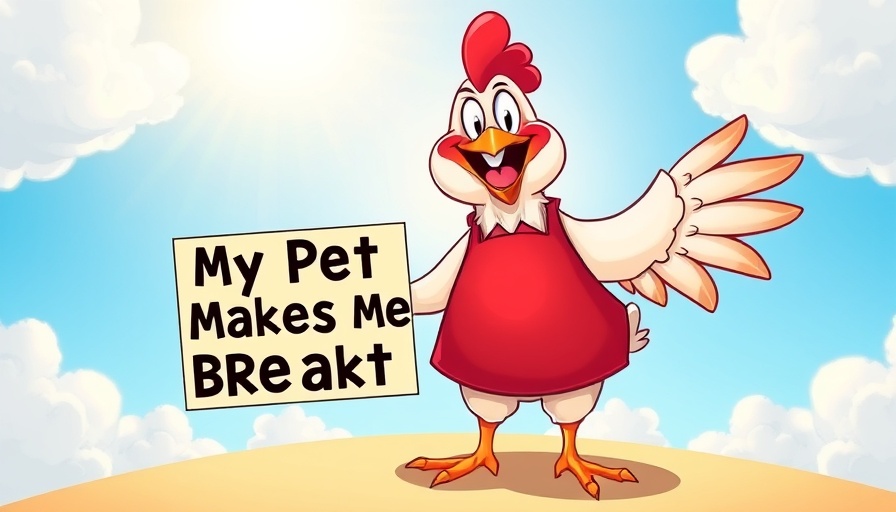
The Nuances of Integrating a Single Duck
Integrating a solitary duck into an existing flock can bring about challenges that require careful consideration and strategy. The process is akin to introducing any individual animal into a social group; it necessitates understanding their complex social behaviors. Ducks, being social creatures, usually thrive in groups, but introducing one to a pre-established flock can provoke territorial disputes and stress.
Preparing the Flock for Integration
Before introducing the new duck, certain steps should be followed to ensure a smoother transition. Gradual introductions can mitigate stress for all parties involved. Start by allowing the duck to observe the flock from a safe distance, such as through a fence or a divided area. This way, they can acclimate without direct confrontation.
Monitoring Behavior Post-Introduction
Once the integration begins, closely monitor how both the new and existing ducks interact. Signs of aggression, such as biting or excessive chasing, may indicate that immediate separation is necessary. It’s crucial to have a separate area where the new duck can retreat if feeling overwhelmed. Behavioral observations can provide insight into how integration is progressing, helping you identify potential issues early.
Conclusions and Best Practices
Integrating a single duck requires patience and understanding of avian social dynamics. Providing adequate space, monitoring interactions, and being prepared to separate the duck if needed can create a harmonious flock environment. Successful integration improves not only the well-being of the individual duck but also enhances the overall social structure within the flock.
 Add Row
Add Row  Add
Add 




Write A Comment